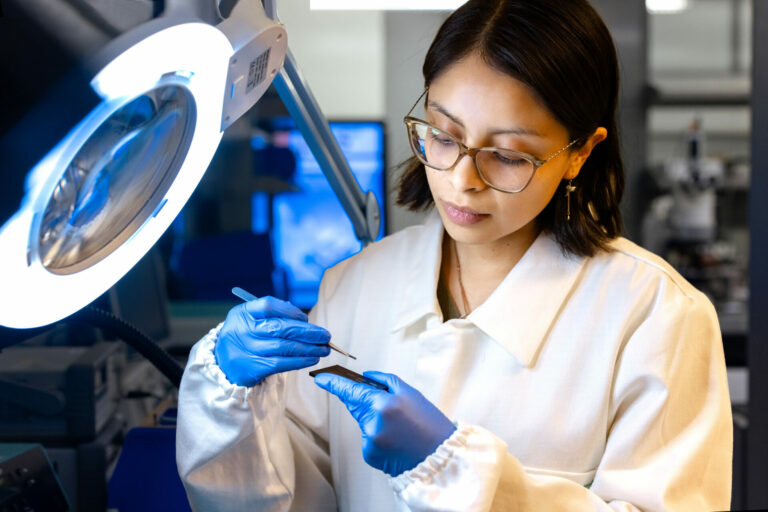
Bioengineering
Giving voice to the voiceless through assistive technology
Artificial skin coupled with sensors and machine learning technology allows people with voice disorders to communicate using soundless mouth movements.
Page 1 of 3

Bioengineering
Artificial skin coupled with sensors and machine learning technology allows people with voice disorders to communicate using soundless mouth movements.

Bioengineering
An innovative AI-based tool leverages varied symptom descriptions, along with evidence from the scientific literature and genomic datasets, to pinpoint disease-associated gene variants.
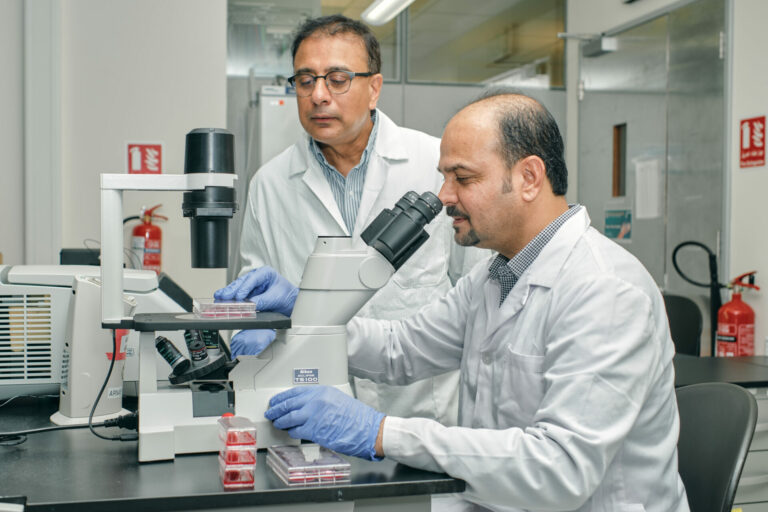
Bioscience
Mutations on a key SARS-CoV-2 viral protein are linked to extreme immune responses and could offer a novel vaccine target.
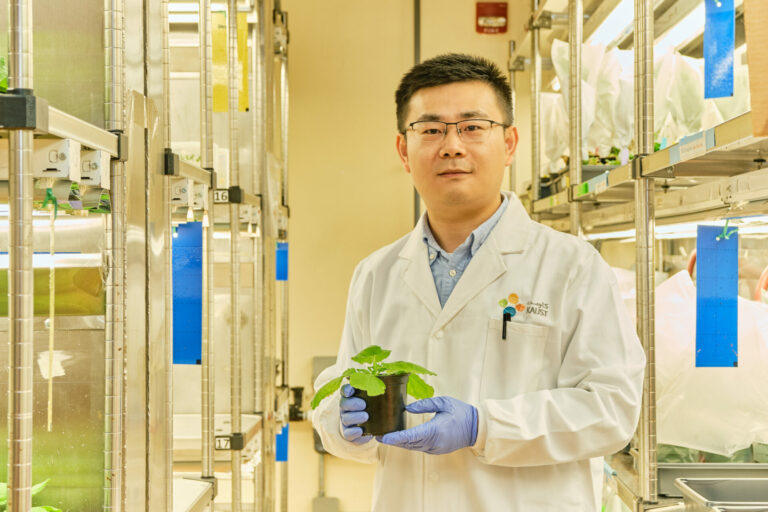
Bioengineering
A simple enzymatic pathway taken from fungi can enhance the production and storage of provitamin A in crop plants.
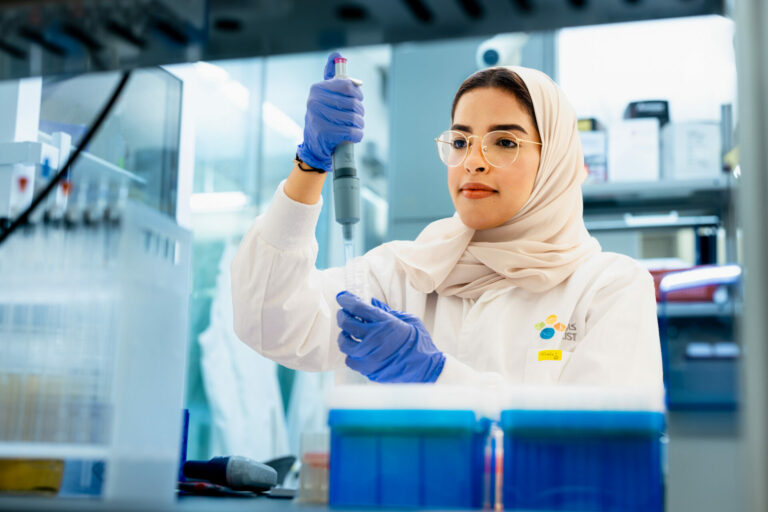
Applied Physics
Drugs that inhibit a key protein should offer new targeted cancer therapy for leukemia and breast cancer.
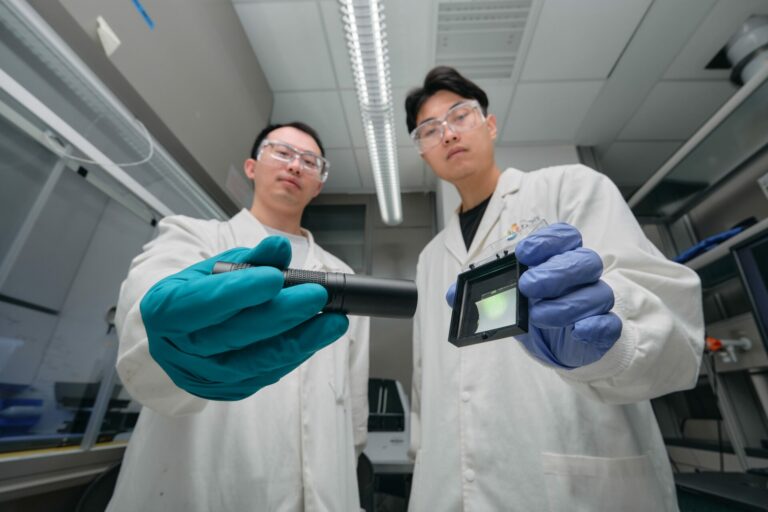
Chemistry
Less hazardous and more sensitive and eco-friendly scintillating compounds could greatly improve X-ray imaging technologies.
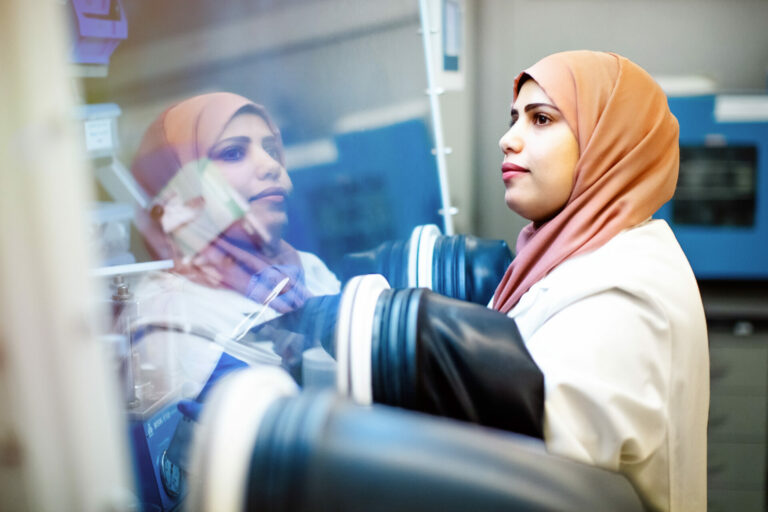
Chemistry
Pulses of light tune MXene's structure to improve energy storage and battery stability.

Marine Science
Surprising changes to a Pacific Ocean current during one of the strongest recorded El Niños saved a remote island’s coral reefs while others were devastated by mass bleaching.

Computer Science
Light-sensitive memory elements that can be programmed optically offer promise for more efficient real-time image analysis.
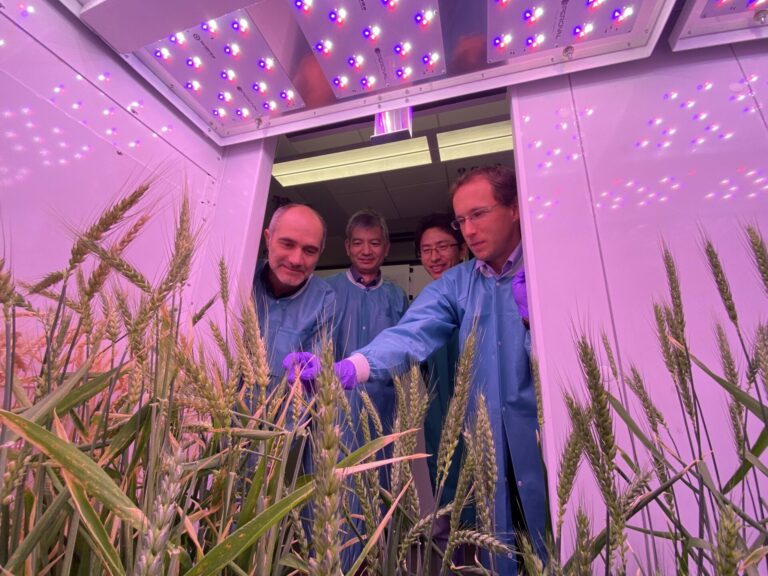
Plant Science
Research highlights the emerging role of unusual kinase fusion proteins in wheat disease resistance.

Chemical Engineering
A venerable industrial method for making butadiene bounces back to prominence.
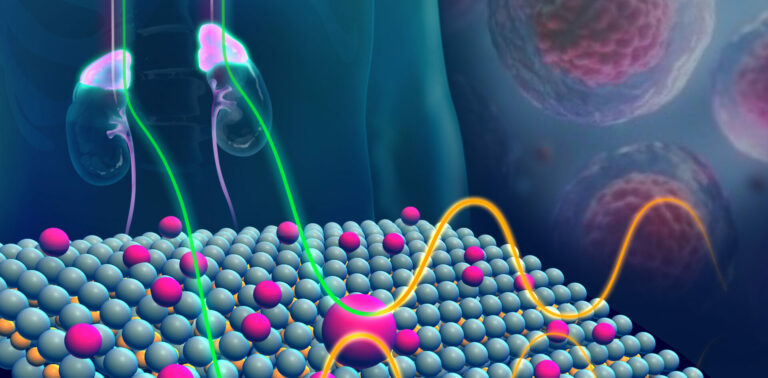
Material Science and Engineering
An electronic sensor based on individual atoms anchored to MXene nanomaterials can detect tumor-specific biomarkers.
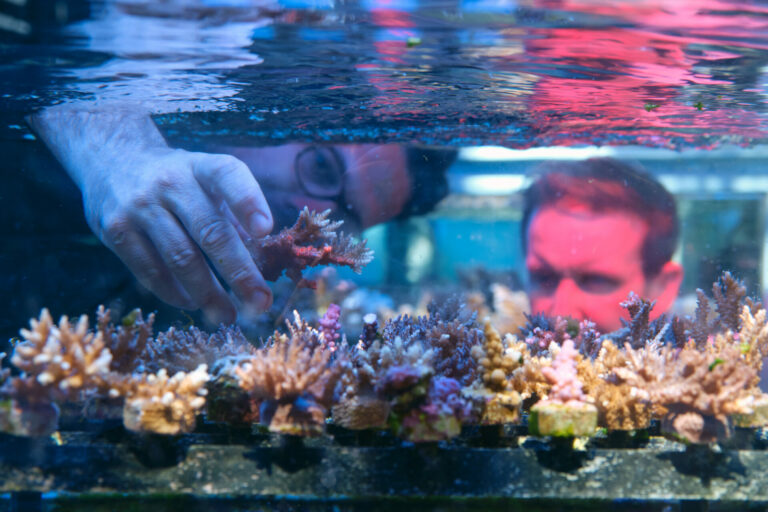
Marine Science
Minimalist art has inspired a set of tools to maximize coral restoration.

Mechanical Engineering
A drop of water is completely removed from a surface when a deformable sphere falls on it.
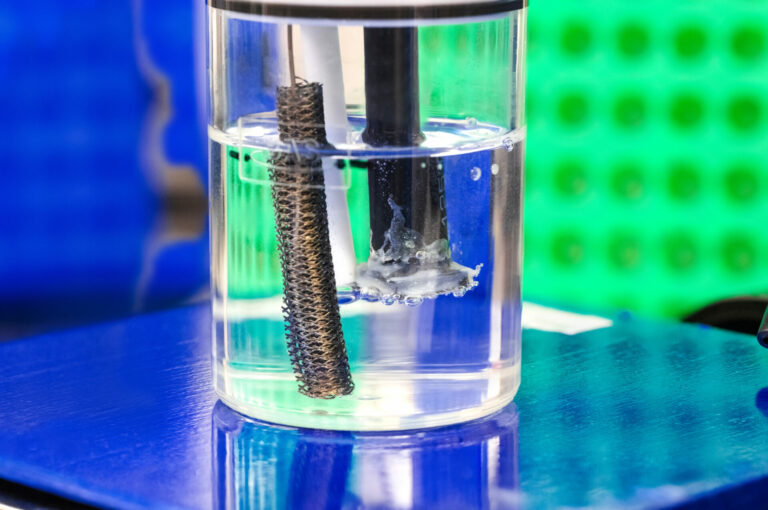
Environmental Science and Engineering
An electroactive bacterium generates well-defined nanosized metal catalysts with remarkable water-splitting performance.
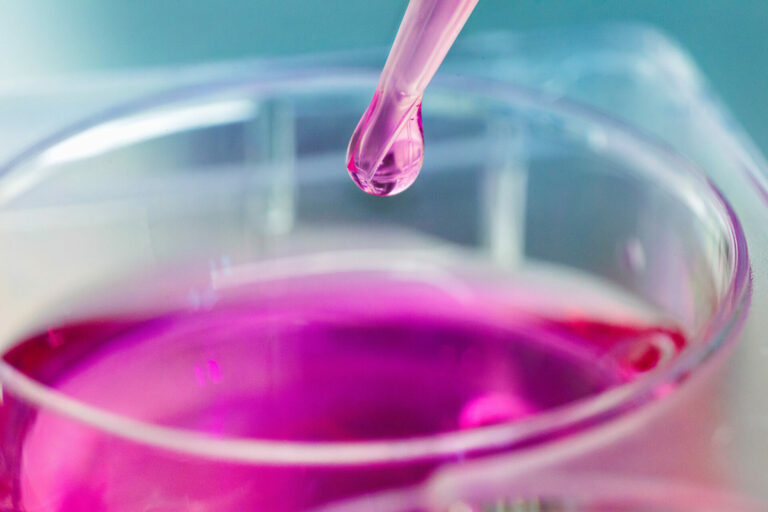
Bioscience
A newly found protein complex plays a vital role in RNA protection and stability during its journey between DNA and the cell’s protein factory.
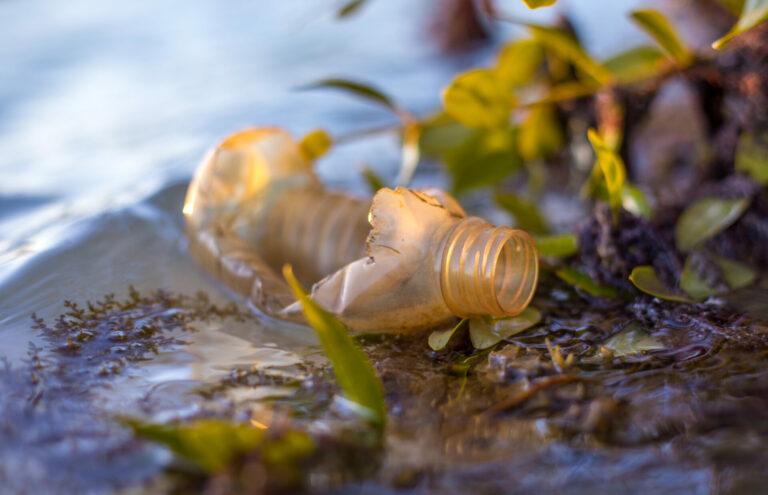
Environmental Science and Engineering
Plant-derived biosolvents enable the sustainable conversion of plastic waste into valuable membrane materials.

Energy Resources and Petroleum Engineering
A novel modeling technique provides valuable insights into the maturation of oil and gas in the Tuwaiq Mountain shale formation.
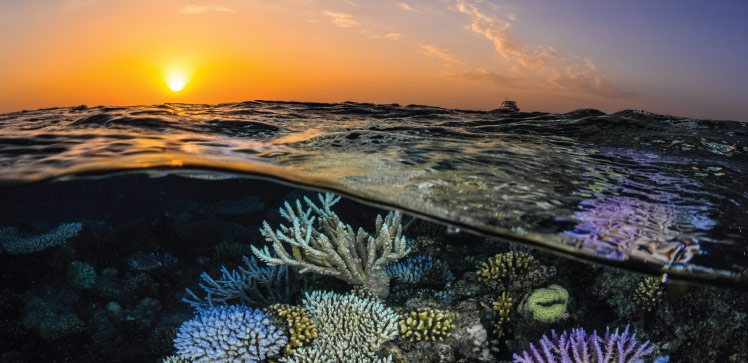
Marine Science
While corals die out worldwide, resistant reefs in the northern Red Sea could endure a dire global warming scenario.
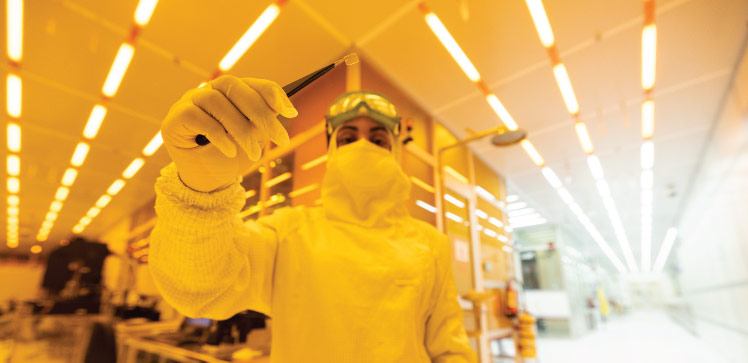
Electrical Engineering
A flat all-dielectric reflector metalens design could benefit optical imaging, manipulation and communications.
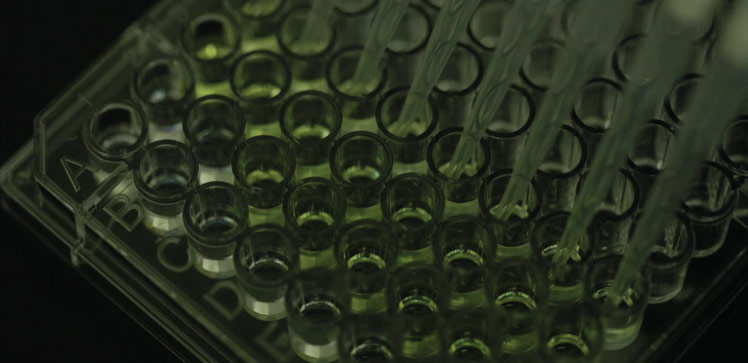
Bioscience
An enzyme from a Red Sea bacterium suppresses the formation of a slimy biofilm that helps propagate hospital-acquired infections.
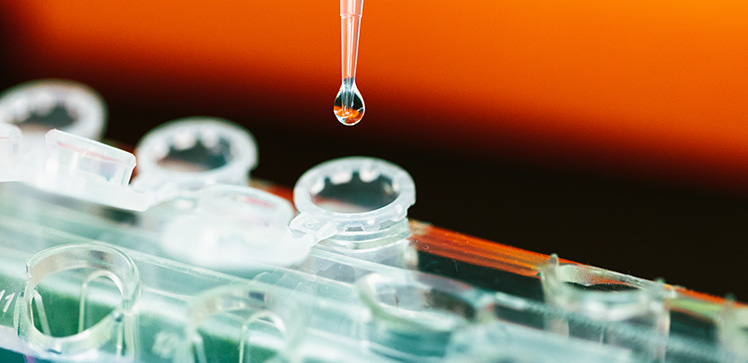
Bioscience
Elaborate interaction discovered between epigenetic regulatory protein and its activating lipid partner.
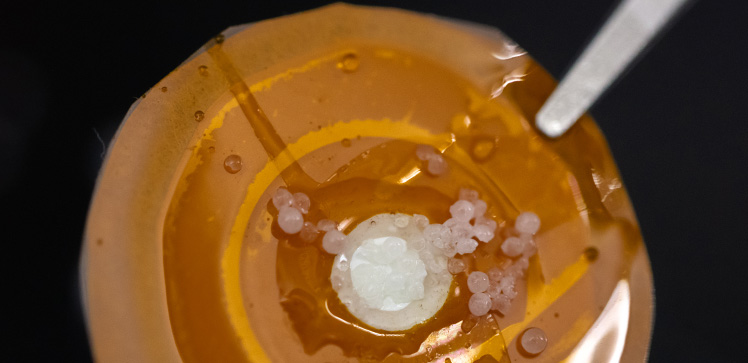
Chemistry
Ultrathin carbon membranes made from ordered polymer materials yield salt-free water quickly.
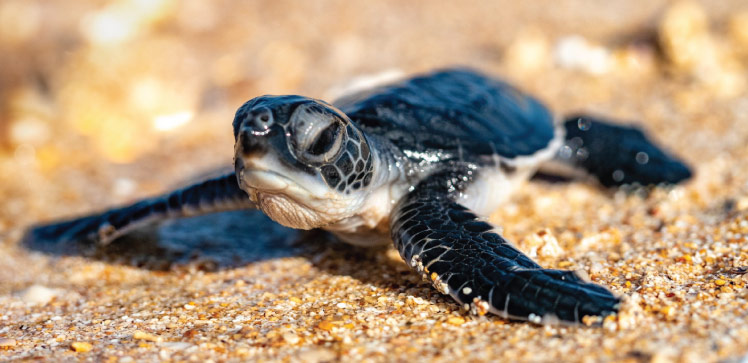
Marine Science
Sea turtles nesting along Saudi Arabia’s Red Sea coastline highlight the need for emerging megacities to protect marine habitats.
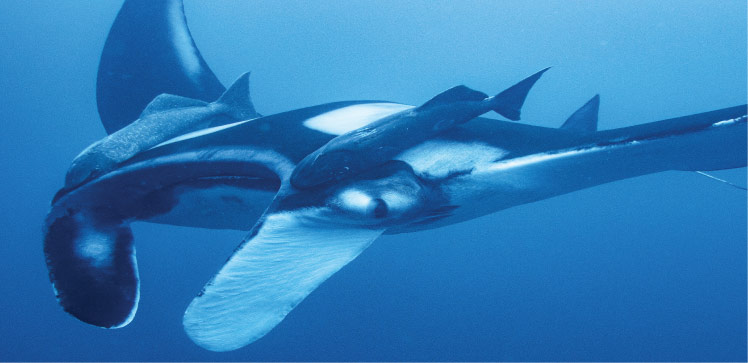
Marine Science
A citizen science project uncovers new details about the lives of oceanic manta rays in the Red Sea, including a possible nursery site.
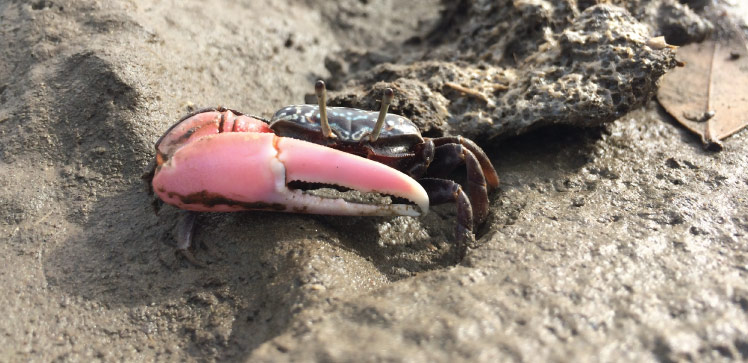
Bioscience
Fiddler crabs and other burrowing creatures could support the future of nutrient-deficient soils of dried-up mangroves.
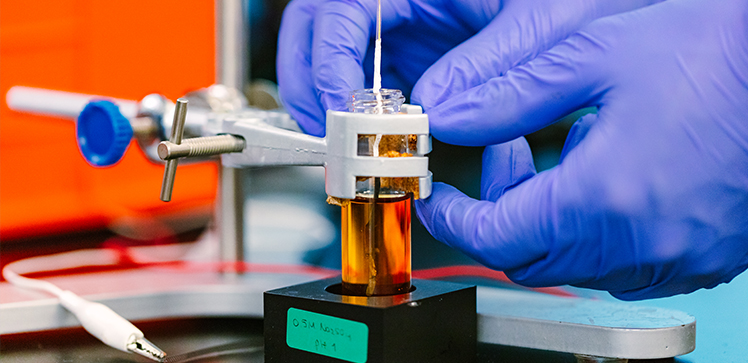
Chemistry
A transition metal catalyst discovery could help to establish renewably generated electricity at the heart of a clean chemicals industry.
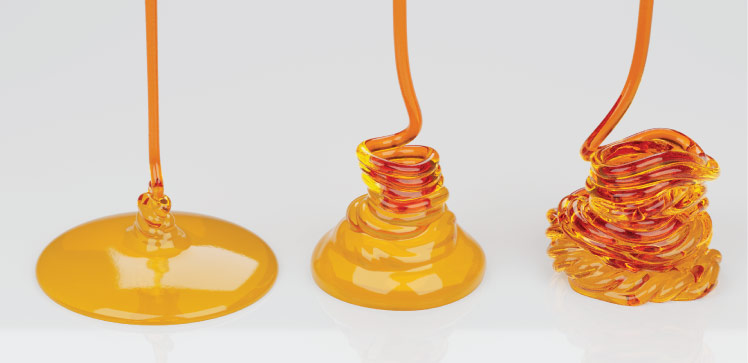
Computer Science
A combination of efficient math and parallel computation accelerates the modeling of viscous liquid flow.
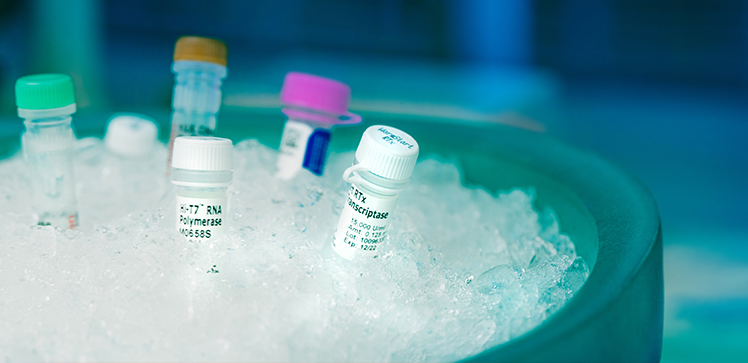
Bioengineering
A newly identified heat-stable Cas13 enzyme could lead to improved diagnostics and new biotechnological applications.

Chemistry
Porous MOFs enable simple molecular separations based on mismatches in physical profiles.
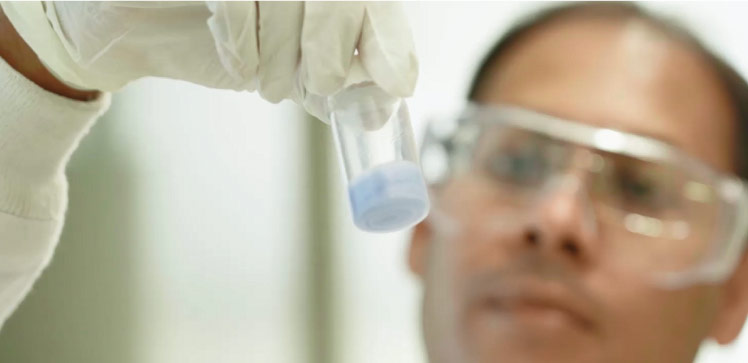
Chemistry
Porous nanosheets combined with polymers can remove contaminants from methane.
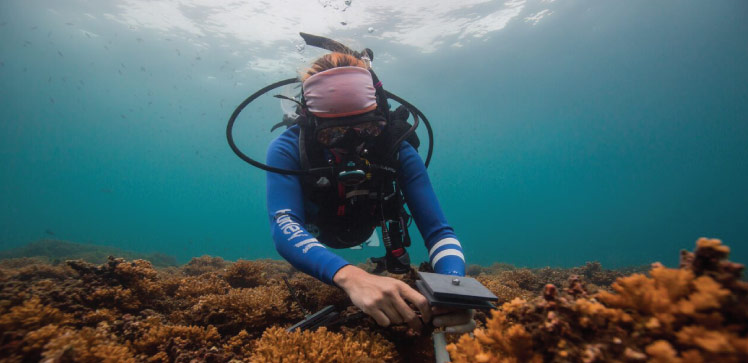
Marine Science
A standardized method for monitoring the condition of coral reefs could strengthen global efforts to manage vulnerable marine habitats.
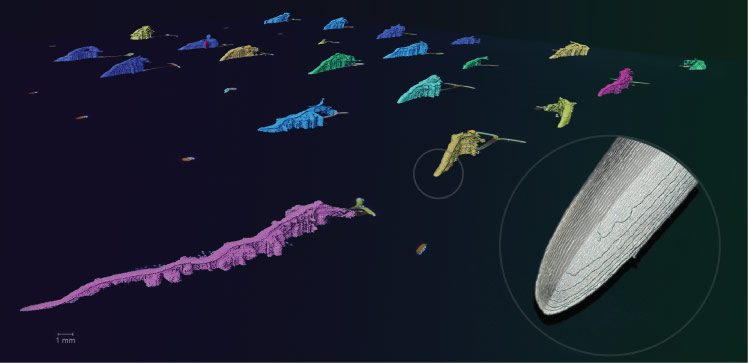
Plant Science
An AI-powered imaging system called MutipleXLab provides rapid automated phenotyping of seed germination and root growth that will help select plants that grow well.

Mechanical Engineering
A universal mechanism could explain the formation of carbon nanoparticles in interstellar and terrestrial environments.
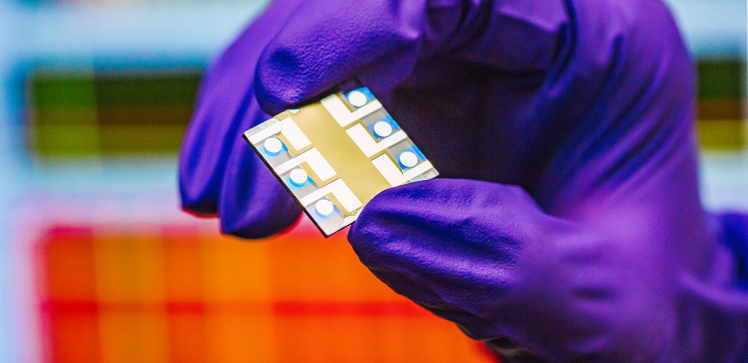
Material Science and Engineering
Light causes small rapid distortions in solar cell material, affecting how charge carriers behave.

Earth Science and Engineering
Simulations show that solar panel installations could go a long way toward addressing Saudi Arabia’s growing water crisis.
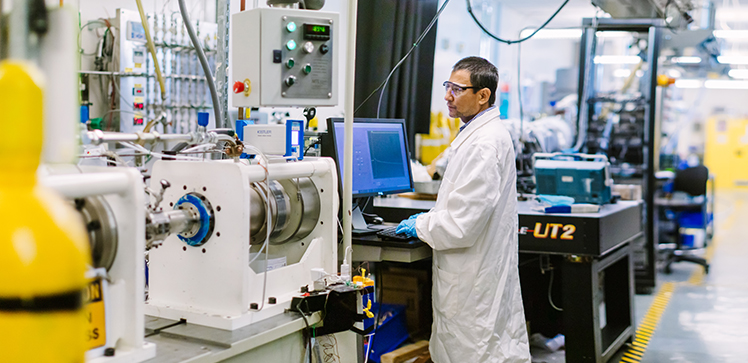
Mechanical Engineering
Clean and sustainable fuels could be derived by combining ammonia with complementary combustion-modifying additives.
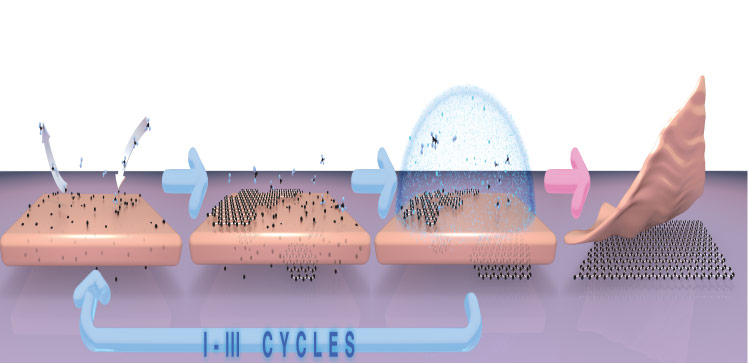
Material Science and Engineering
An interface-templated method enhances the crystallinity of large single-layer graphene sheets on insulating supports.
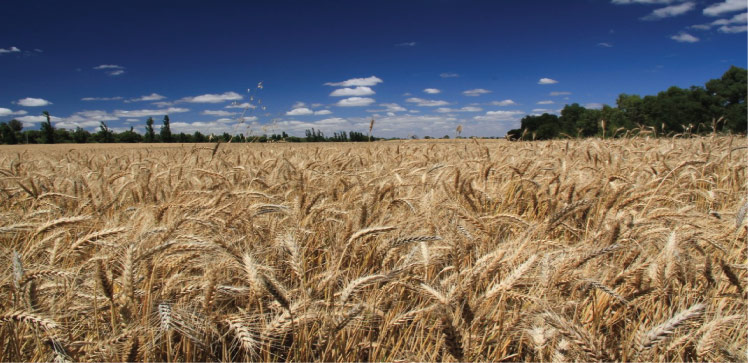
Plant Science
Sequencing a high-quality bread wheat genome facilitates the identification of a gene that confers stripe rust resistance and may lead to improved crop resilience.
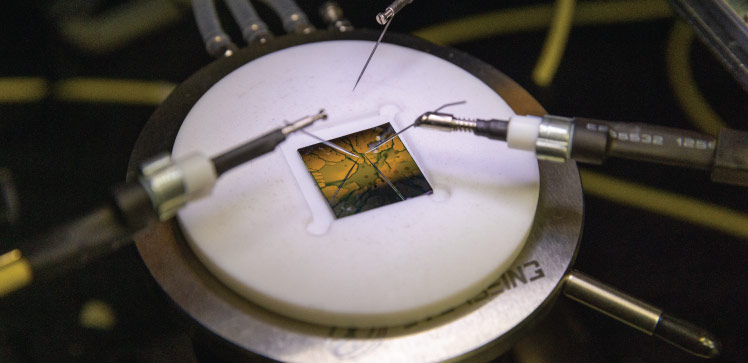
Material Science and Engineering
A novel device architecture makes organic electronics applicable to 5G telecommunications.
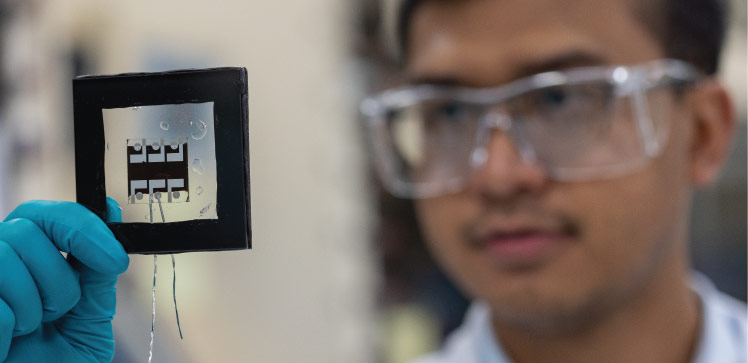
Material Science and Engineering
Tunable perovskite-based multilayered films provide long-term stability for high-performing solar cells.
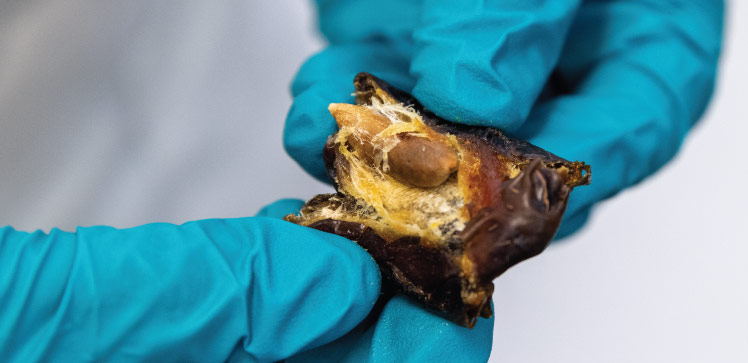
Chemical Engineering
Membranes made from date seed biomass could provide a greener and more cost-effective alternative for industrial separation.
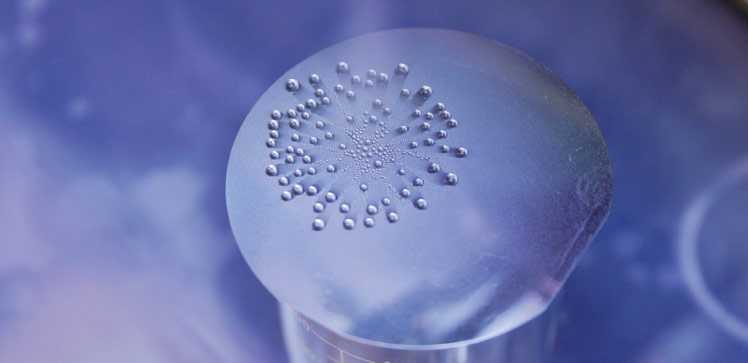
Environmental Science and Engineering
Hydrogen peroxide only forms in the presence of ozone in water microdroplets.
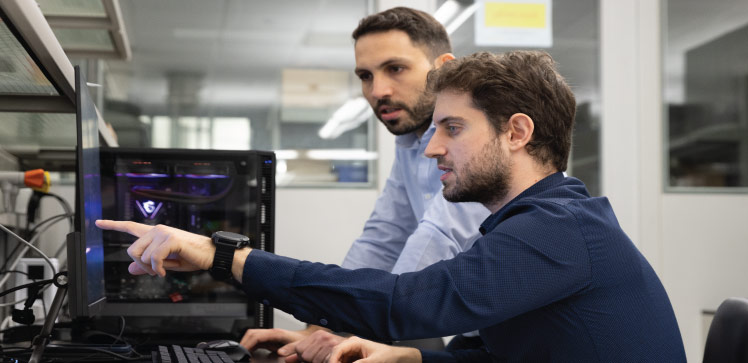
Computer Science
Detection methods that identify the weaknesses in smart power grids will prevent cyberattacks from disrupting supply to critical infrastructure.

Bioscience
Cell processes and research reproducibility may be significantly impacted by changes in batch cultures as cells grow. More monitoring and improved procedures are needed.
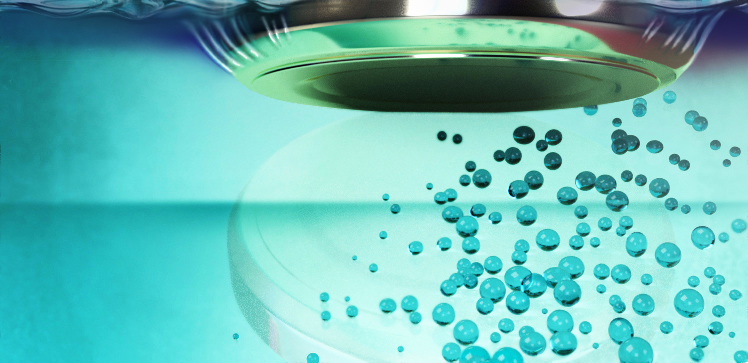
Mechanical Engineering
Damage-causing bubbles might form at much lower impact velocities than expected.

Environmental Science and Engineering
Understanding how liquid marbles behave as they evaporate provides valuable insights into these unique structures and their potential applications.
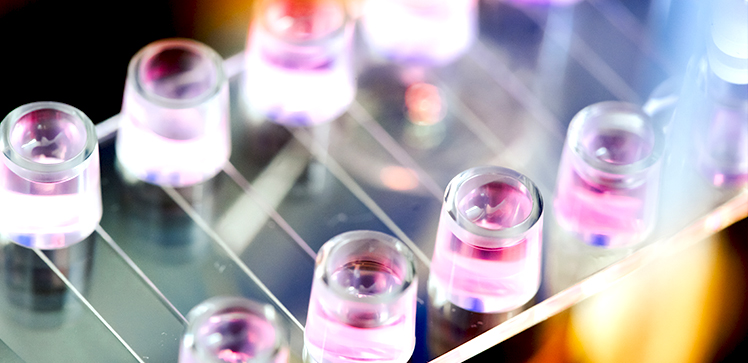
Bioscience
Molecules move within elongated protrusions to help stabilize migrating cells inside the bloodstream.
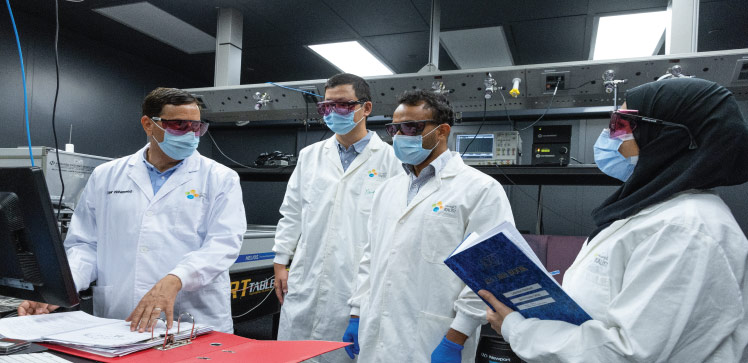
Chemistry
Extending the lifetime of hot electrons could help make solar cells more efficient.
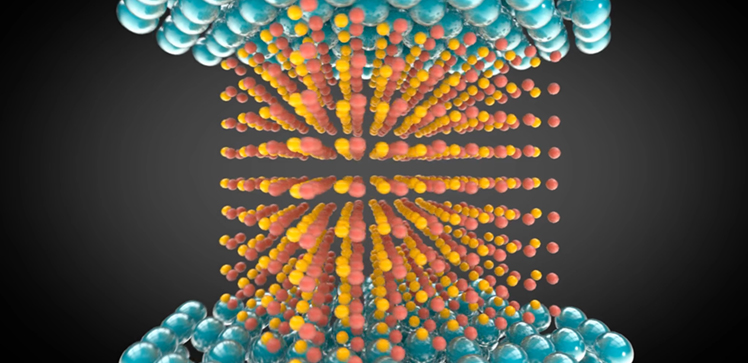
Material Science and Engineering
A nano-scale memristor is shown to have superior stability for random number generation as an integral part of secure data transmission.

Material Science and Engineering
A simple holistic solution plugs the performance-sapping defects that hamper new alternative solar materials.
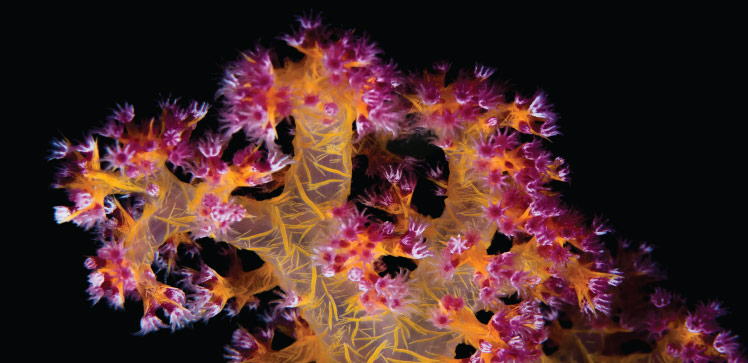
Marine Science
Probiotic treatment prevents the death of corals from heatwaves.

Computer Science
Computational models capture the capricious behavior of forest fires.
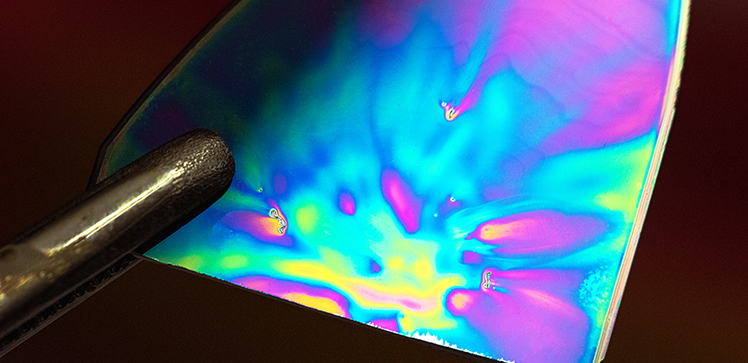
Chemical Engineering
Perfecting the dimensions of chemical separation membranes is a step toward a sustainable chemical industry.

Computer Science
Machine learning accelerates the search for promising Moon sites for energy and mineral resources.

Chemistry
Conquering a chemical challenge to control the structure of a polymer opens a path to better biosensors.
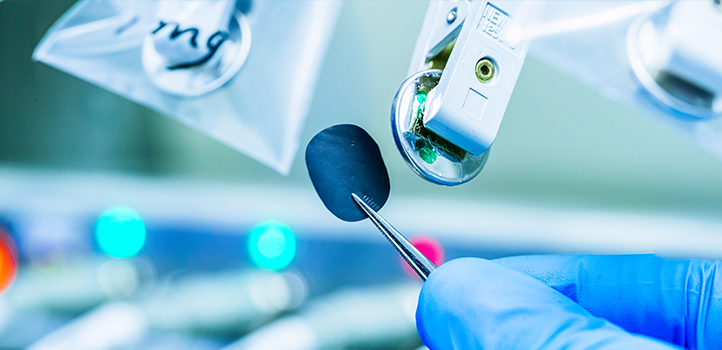
Material Science and Engineering
A layer of hierarchically three-dimensional porous graphene greatly suppresses a problem holding back the development of lithium-sulfur batteries.
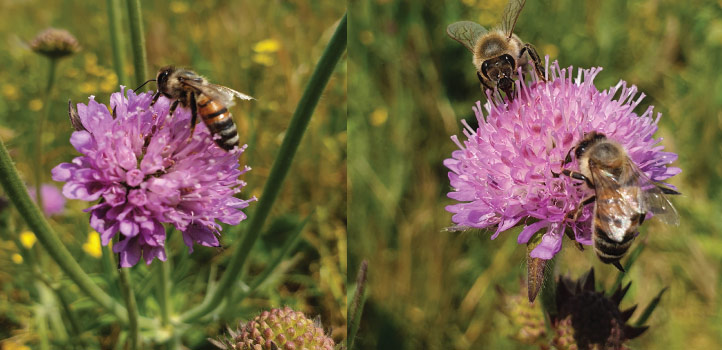
Bioscience
Honeybees bring back more than just nectar from their floral feasts and these microbes may help them survive turbulent times.
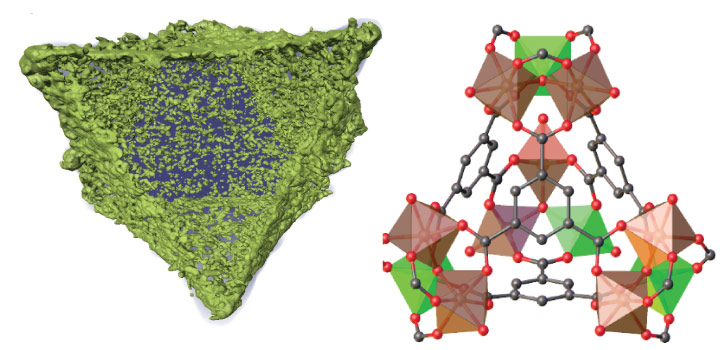
Chemical Engineering
The tightly defined ratios of metals in metallic organic frameworks makes them ideal starting materials for novel catalyst creation.
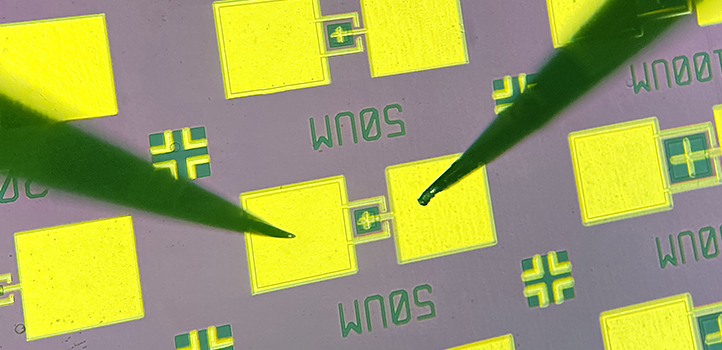
Electrical Engineering
Pure red-light micrometer-scale emitting devices made from a nitride semiconductor reaches excellent efficiency.

Bioscience
Combining expertise has shed new light on how cells self-destruct during microbial infection.

Earth Science and Engineering
A detailed analysis combining seafloor mapping and earthquake and gravity data shows that the oceanic crust under the Red Sea is older than previously thought.

Marine Science
National lockdowns have provided a unique opportunity to assess the effects of human activity on wildlife, which could translate into new attitudes and better policies.
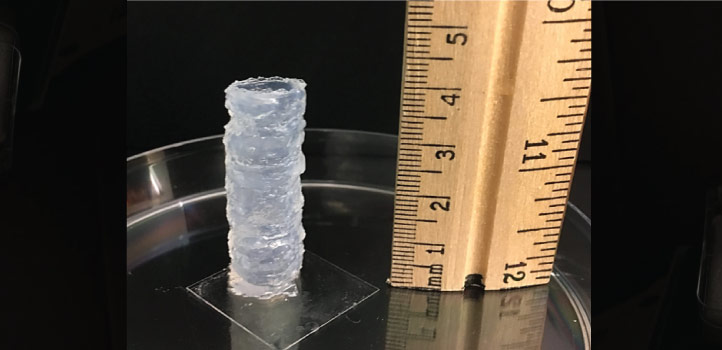
Bioengineering
A printable hydrogel made of ultrashort peptides could help shape cells into viable tissues.

Environmental Science and Engineering
Technologies that use the metabolic properties of microbial communities to treat wastewater and generate energy will transform water reuse.
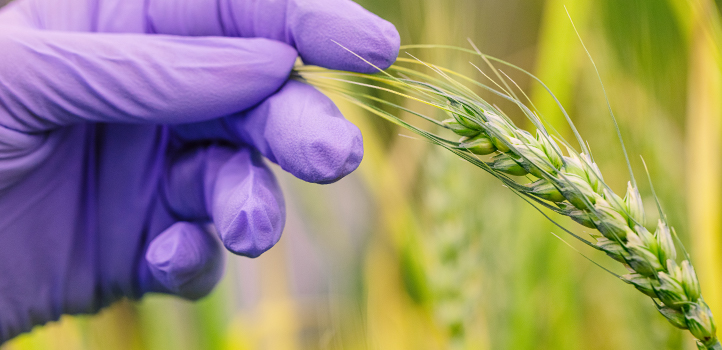
Plant Science
Coating crop seeds with bacteria found on a desert shrub boosts yields in hot fields.
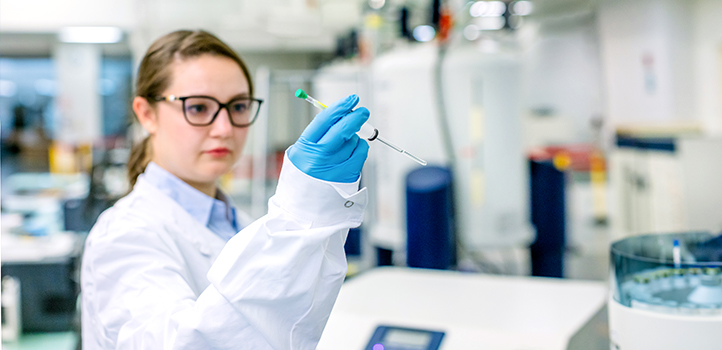
Bioscience
A mutational change of an enzyme’s dynamics increases its activity on a chromatin histone, ultimately causing a common lung cancer.
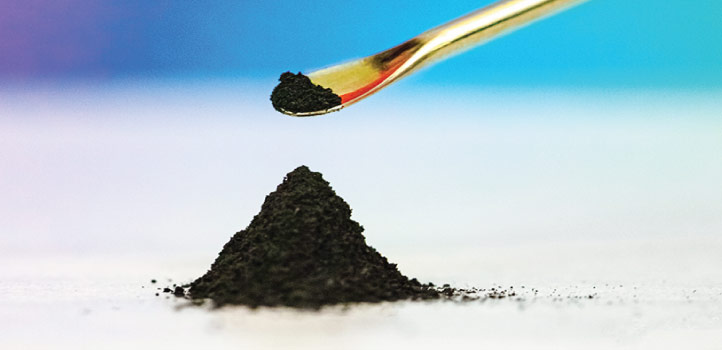
Chemical Engineering
Catalyst nanoparticles trap an unprecedented range of wavelengths of light to convert carbon dioxide into methane.
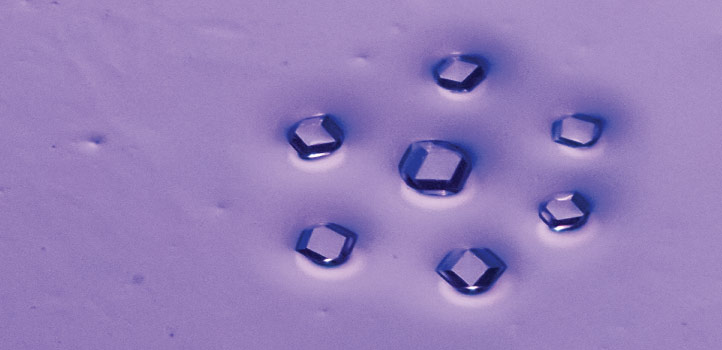
Chemistry
Sophisticated geometry design gives rise to a new form of crystalline material.
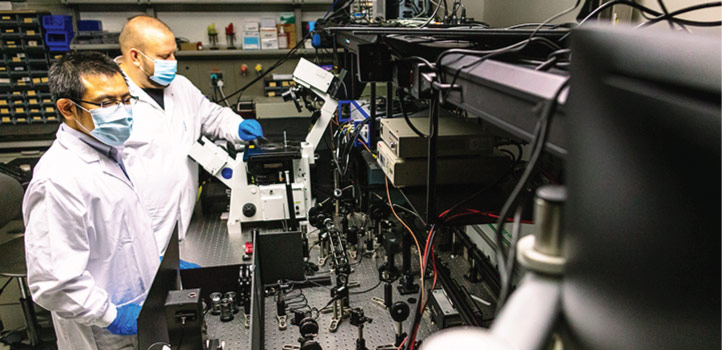
Bioscience
Tiny light-emitting probes give researchers a better option for noninvasive imaging of living tissue.
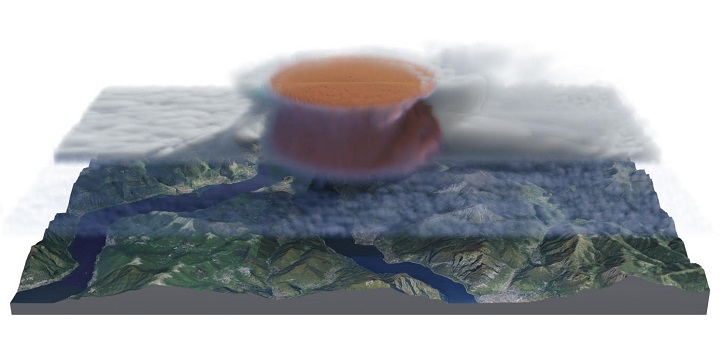
Computer Science
A focus on the fundamental physics of cloud formation leads to highly realistic simulations of different types of clouds.
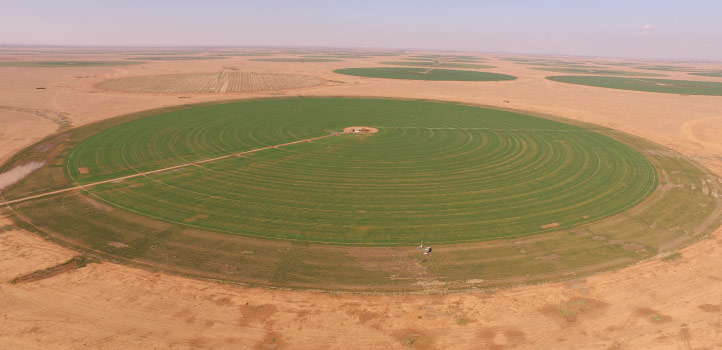
Environmental Science and Engineering
A pioneering framework will monitor groundwater use for agricultural irrigation across Saudi Arabia.

Electrical Engineering
Advanced laser-printing techniques prove ideal for creating tiny optical communication devices with complex internal structures.
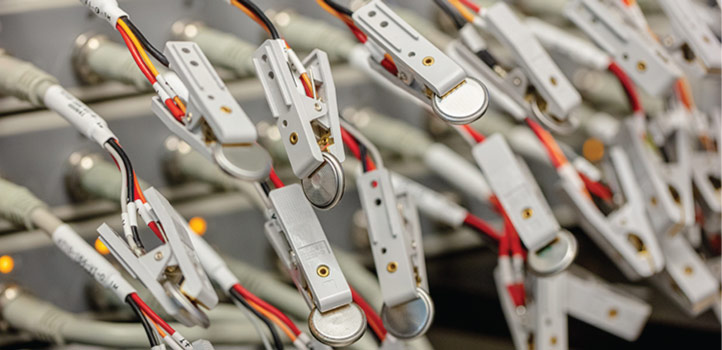
Chemical Engineering
Nanostructure-templated electrochemical polymerization enhances speed and selectivity in organic membrane-based processes.

Mechanical Engineering
Shower spray is like water off a duck’s back to bathroom flies.

Electrical Engineering
An assistive technology uses magnetic skin to support freedom of movement for people with quadriplegia.

Computer Science
Computer models efficiently and accurately simulate the magnetic responses of ferrofluids by considering only the fluid’s surface.
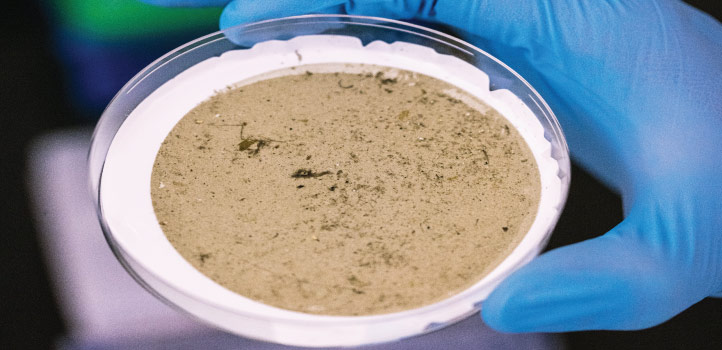
Environmental Science and Engineering
Microbiologist Peiying Hong explains current research into COVID-19 monitoring and surveillance using wastewater.

Mechanical Engineering
A highly selective and sensitive laser sensor can pick up low-level benzene emissions in ambient air.

Environmental Science and Engineering
Ultrathin porous films that can pluck out specific nanoscopic molecules could refine oil purification and drug development.
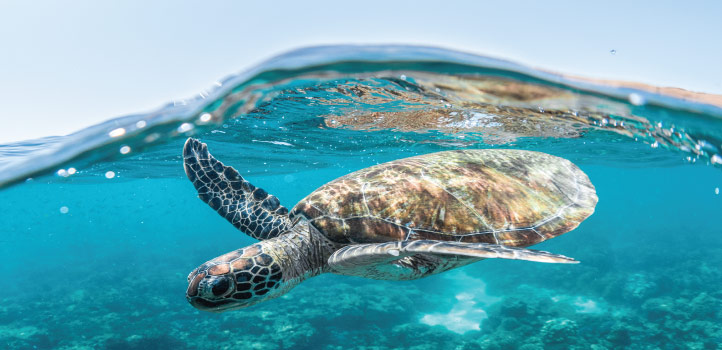
Marine Science
The balance of the sexes in marine turtle hatchlings may be disrupted by high sand temperatures at nesting sites around the Red Sea.
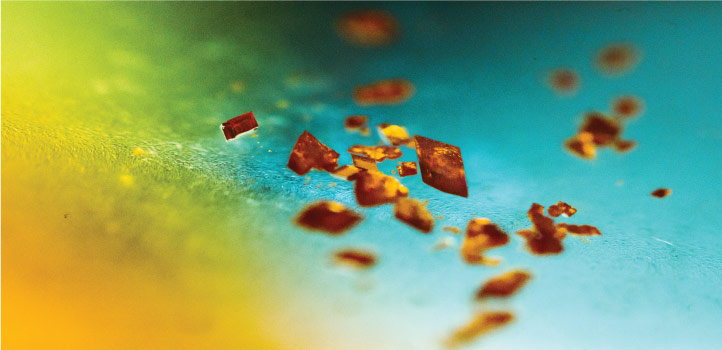
Chemistry
A reverse form of host-guest chemistry could upend the way the chemical industry approaches challenging, energy-intensive molecular separations.
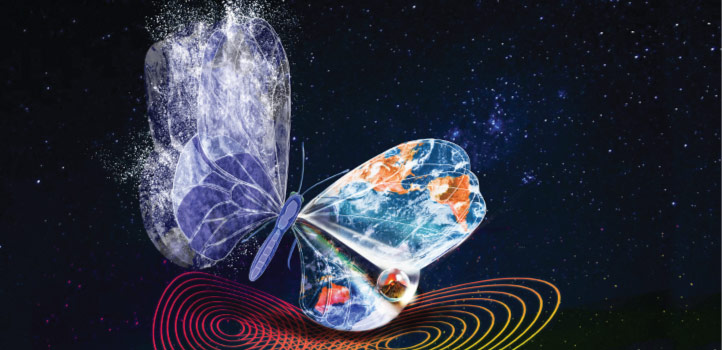
Earth Science and Engineering
Modeling shows that volcanic eruptions can cause changes in global climate, if the timing is right.
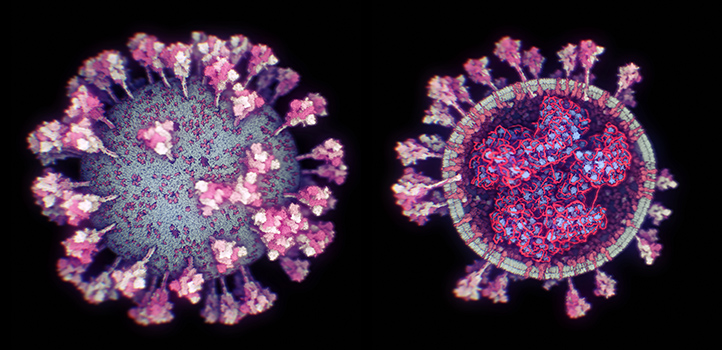
Computer Science
Microscope and protein data are incorporated into an easy-to-use-and-update tool that can model an organism’s 3D appearance.
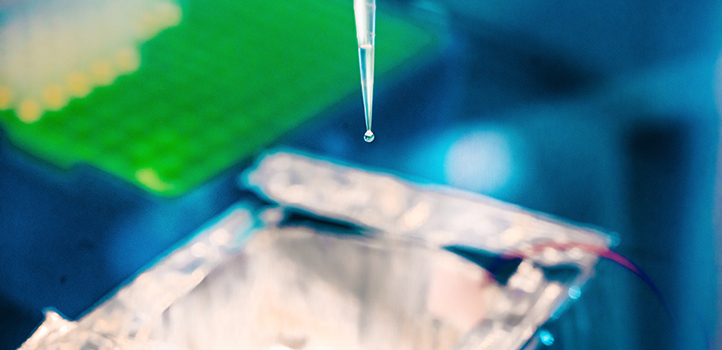
Environmental Science and Engineering
An experiment, elegant in its simplicity, helps explain why water becomes electrified when it touches hydrophobic surfaces.

Material Science and Engineering
Treating silicon with carbon dioxide gas in plasma processing brings simplicity and control to a key step for making solar cells.

Environmental Science and Engineering
A new electroactive bacterium could help fuel wastewater treatment reactors.
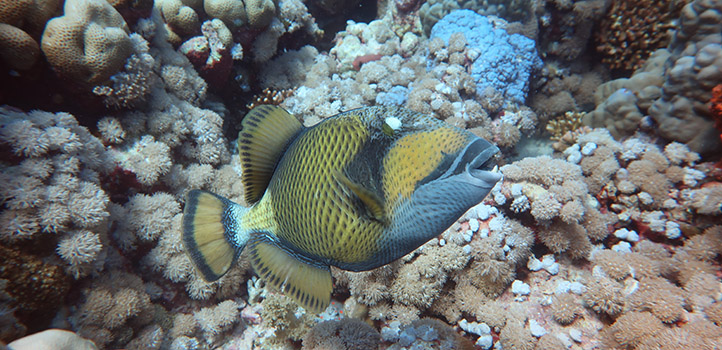
Marine Science
In probably the first observation of its kind, a tricky triggerfish is seen beaching itself before attacking a crab walking along the shoreline.
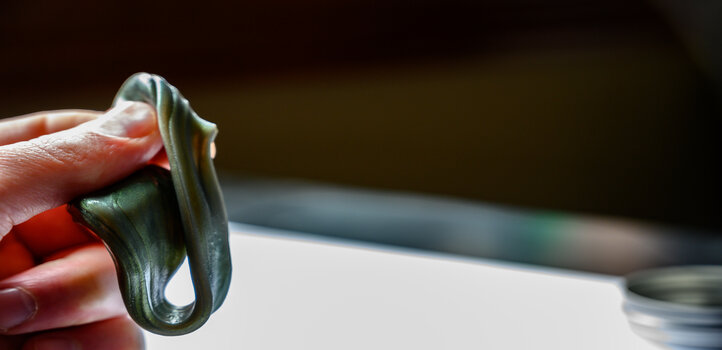
Earth Science and Engineering
Analysis of abnormally deep earthquakes may lead to improved seismic forecasting.

Bioscience
Custom-fabricated lenses make it easy to attach high-tech microscopes directly to cell incubators.

Bioscience
A nutritious millet crop grown mainly in West Africa could be genetically improved for large-scale agriculture in Saudi Arabia.
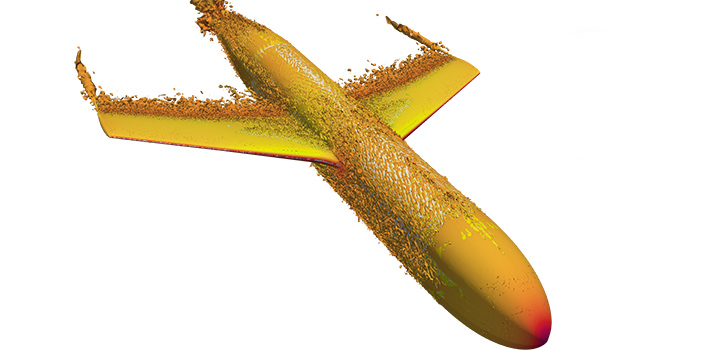
Applied Mathematics and Computational Sciences
The ability to efficiently simulate the noise generated by wings and propellers promises to accelerate the development of quieter aircraft and turbines.

Marine Science
Multistakeholder collaboration is key for the adoption of molecular approaches that can facilitate accurate, cheaper and faster monitoring of marine ecosystems.
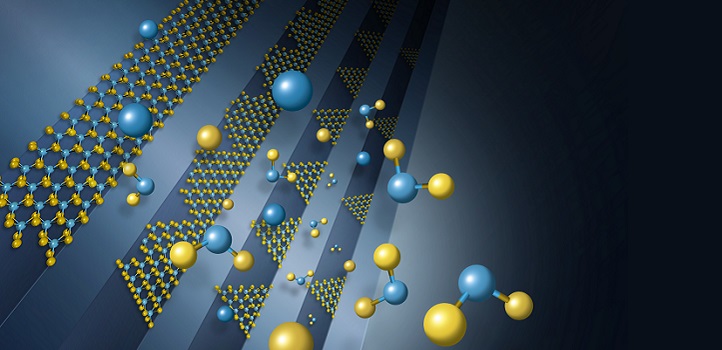
Material Science and Engineering
Surfaces featuring atomic-scale ledges and steps can act as reusable templates for producing nanoelectronic components.
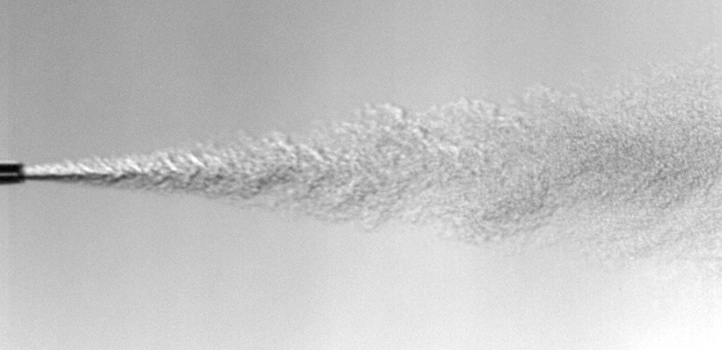
Mechanical Engineering
Improved imaging of liquid jet sprays can impact fields ranging from inkjet printing to oil and gas processing.

Material Science and Engineering
Efficient yet exceptionally light organic solar cells created entirely by inkjet printing.

Environmental Science and Engineering
Light-responsive building blocks provide organic membranes with light-controlled permeability and selectivity.

Marine Science
A safer technique reveals that corals take up seawater pollutants both directly and indirectly.
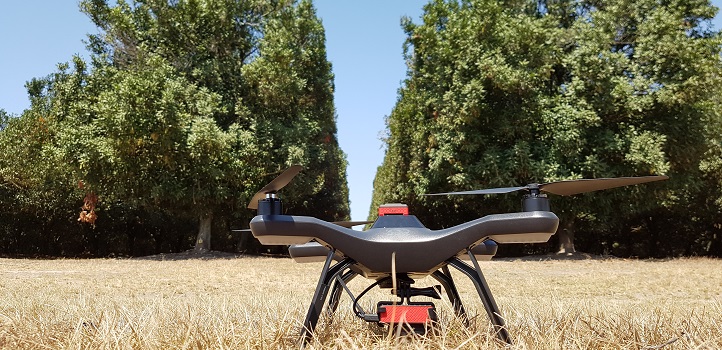
Environmental Science and Engineering
Models based on images from unmanned aerial vehicles and satellites can help farmers to monitor the health of individual trees.
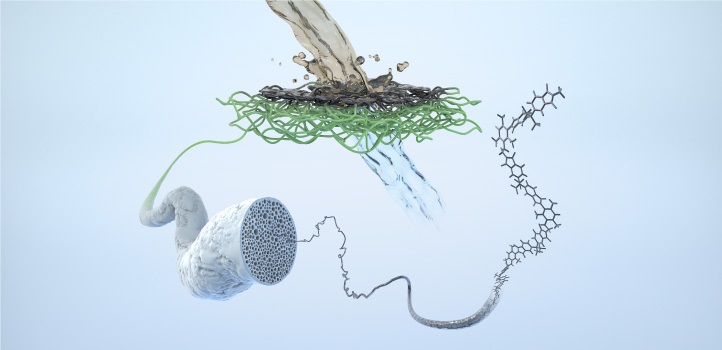
Environmental Science and Engineering
High-capacity oil-adsorbing mats could be deployed in oil spill emergencies to limit ecological damage.